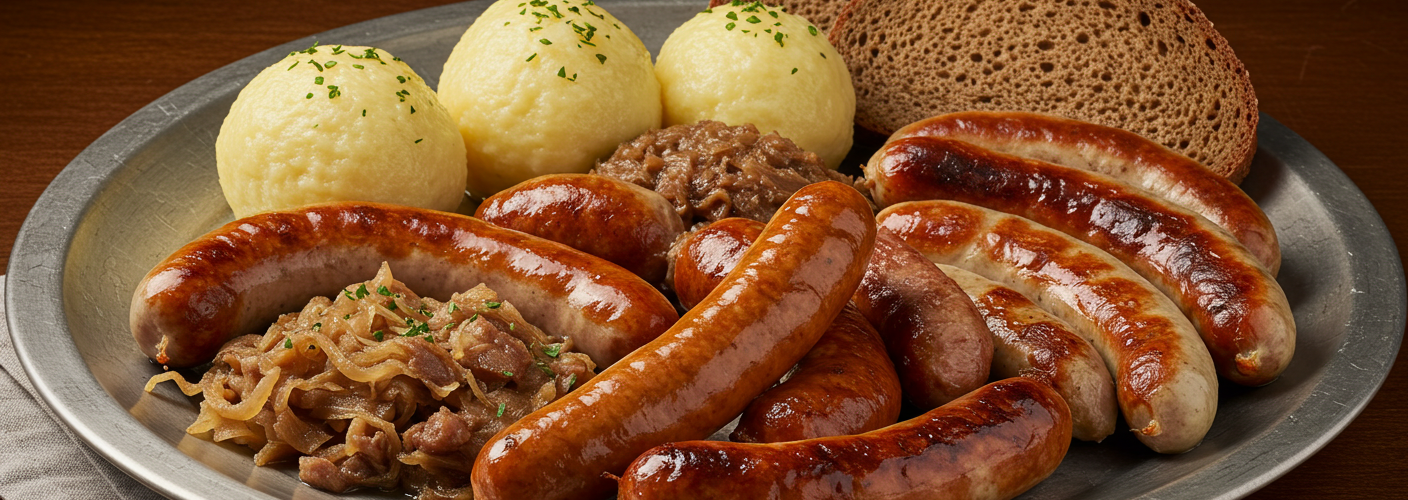Germany, a country renowned for its rich history and diverse culture, boasts a culinary scene that is equally impressive. The food of Germany reflects the nation’s regional differences, traditions, and influences, making it an exciting destination for food lovers. From hearty dishes to delightful sweets, German cuisine offers a unique experience for both locals and tourists.
Regional Diversity in German Food
One of the most fascinating aspects of German cuisine is its regional diversity. Each of the 16 federal states has its own specialties based on local ingredients and cultural influences. For instance, in Bavaria, you will find hearty dishes like Weisswurst (white sausage) and pretzels that pair perfectly with a refreshing beer. The cuisine here is characterized by its robust flavors and generous portions.
Traveling further north, in regions such as Schleswig-Holstein or Hamburg, seafood takes center stage. Dishes such as Labskaus, a savory mixture of corned beef, potatoes, and herring, reflect the coastal influence. Meanwhile, in the heart of Germany, around regions like Hesse or Thuringia, traditional fare includes dishes like the famous Thuringian sausage and hearty potato dumplings.
Iconic German Dishes
When one thinks of German cuisine, certain iconic dishes come to mind. One of the most celebrated is Sauerbraten, a pot roast usually made from beef, marinated with a blend of vinegar, water, and an array of spices, then slow-cooked until tender. This dish exemplifies the German knack for balancing flavors, combining tanginess with the richness of the meat.
Another popular dish is Schnitzel, breaded and fried thin slices of meat, usually pork or veal, often served with a side of potato salad or spätzle (a type of German noodle). The dish’s origin goes back to Austria, but it has found a beloved place in German kitchens.
Vegetarians can also find ample options in Germany, particularly with regional dishes like Käsespätzle, which is similar to macaroni and cheese but made with fresh egg noodles and topped with sautéed onions.
Sweet Treats and Desserts
Germany is not just about savory dishes; the country has a penchant for sweets as well. One cannot visit without trying the iconic Black Forest Cake (Schwarzwälder Kirschtorte), a decadent chocolate cake layered with cherries and whipped cream.
Another popular treat is Lebkuchen, especially around Christmas. These spiced cookies often contain nuts and honey and are an essential part of German festive traditions. For a more casual snack, don’t miss out on a slice of Apfelstrudel, an apple pastry that is perfectly paired with vanilla ice cream or custard.
Conclusion
The complexity and richness of German food reflect the country’s history and culture. While traditional dishes remain central to German identity, modern interpretations and international influences have found their way into the culinary landscape. Whether indulging in hearty sausages in Berlin, enjoying a pastry in Munich, or savoring regional specialties in the countryside, food enthusiasts are sure to delight in the variety that Germany has to offer. No matter where you go in Germany, the food will tell a story—a delicious one at that.




Add comment